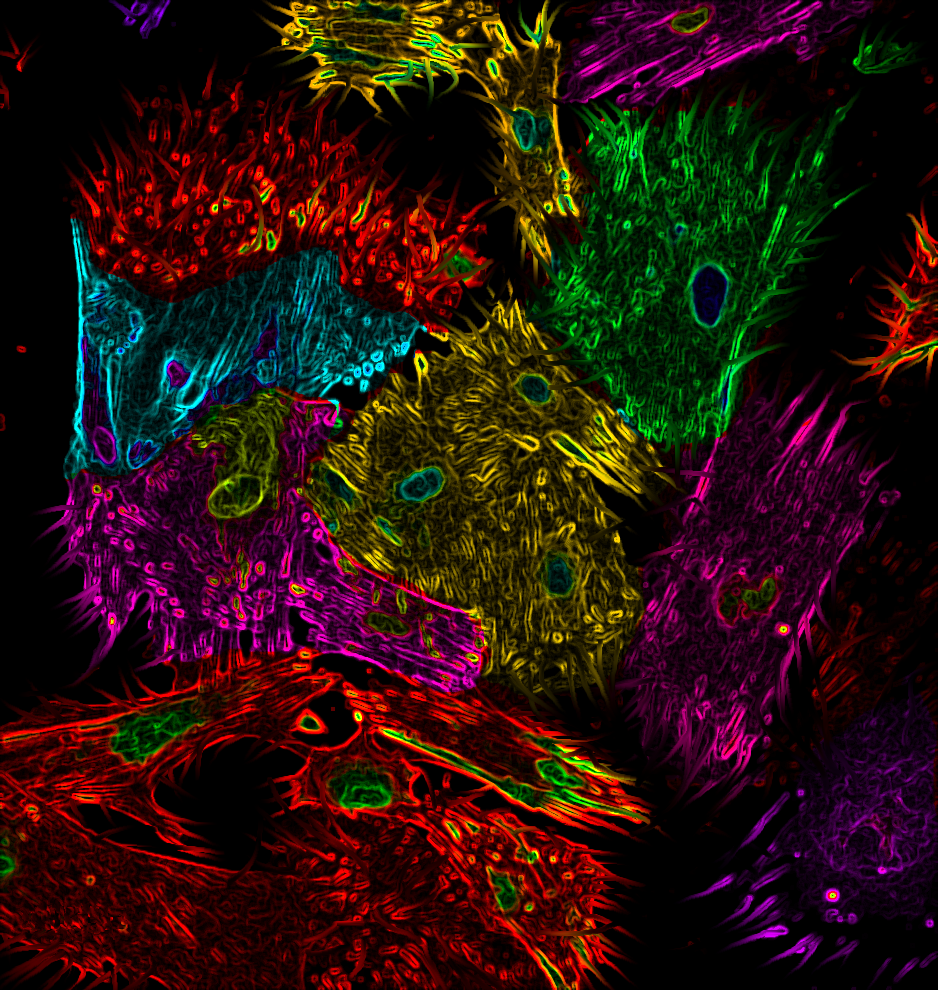
The Brain is a Series of Tubes
The brain is made of up billions of neurons and even more connections between neurons. We can get an idea of how neurons are connected across the human brain using a type of brain scan called diffusion-weighted magnetic resonance imaging (dMRI). How does dMRI work? It actually measures the direction that water moves throughout the brain. Sometimes, water can move in all directions equally easily – like … Continue reading The Brain is a Series of Tubes









